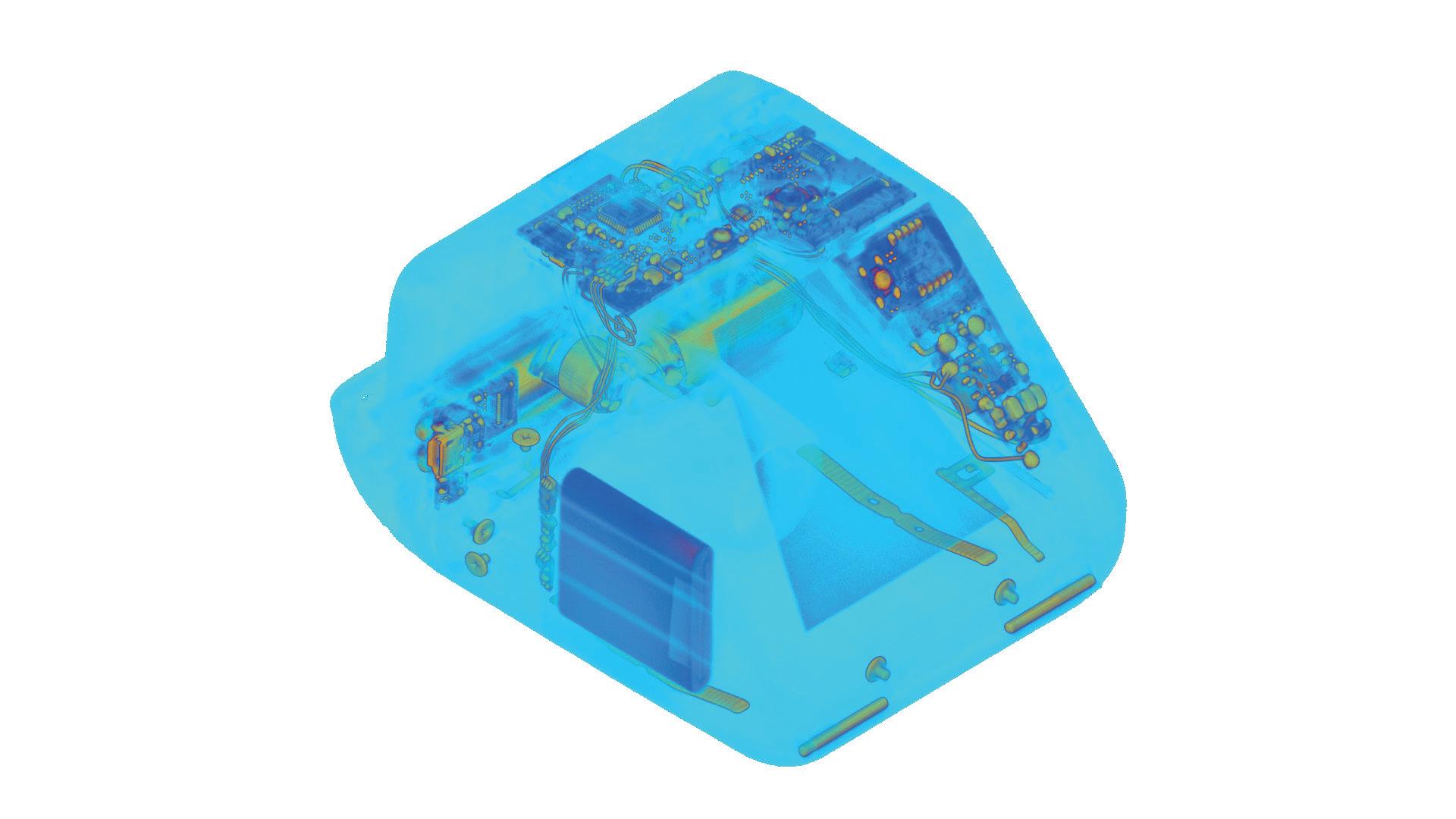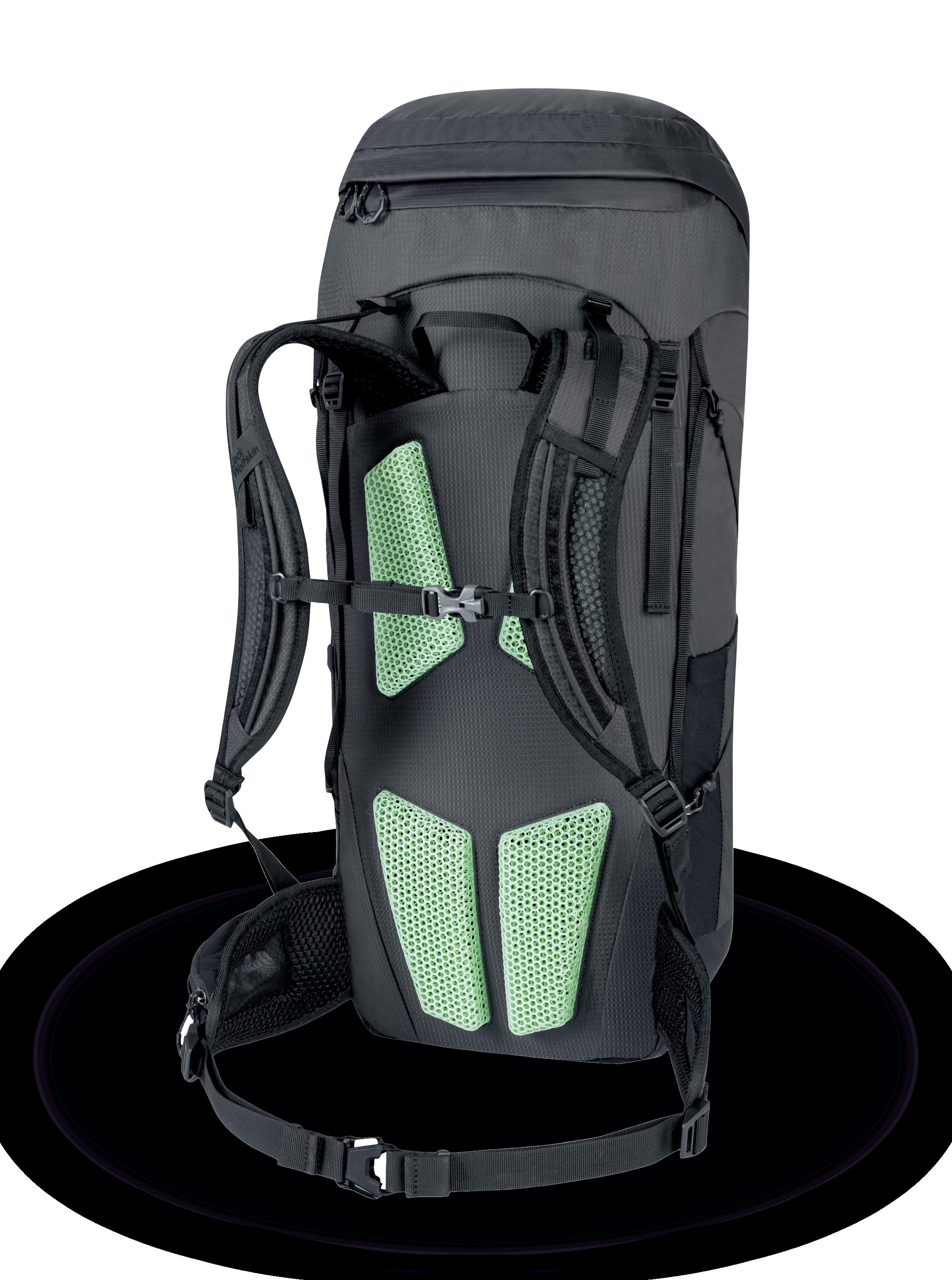
6 minute read
WORK AND PLAY
WORK AND
Laura Griffiths takes a tour inside a Mattel innovation engineer’s home toy workshop.
SHOWN:
FISHER-PRICE SOOTHE & GLOW RAINBOW SOUND MACHINE
The blending of home and workplace over the last few years has become the norm. Kitchen tables have become desks, spare rooms now double up as offices, and for an inventor, a garage can be a toy workshop.
For Jack Peach, Key Lead Innovation Engineer at leading global toy company Mattel, the latter is where the inkling of early product development for new toys at Fisher-Price, designed to inspire, entertain, and develop children through play, all happens.
Meeting with TCT over Zoom, surrounded by shop tools and electronics, Peach’s workshop is filled with, not just the stuff of kids’ dreams, but also several toys that would be a dream for many engineers.
And as Peach told TCT: “Fabricating prototype toys in a home office can be challenging without the right tools.”
Two of those tools, and some of the latest additions to Peach’s collection, are a MakerBot METHOD and METHOD X, both professional desktop FDM printers, one designed for concept modelling and prototyping, the other for functional protoypes and tools, from the newly unified UltiMaker.
Amongst the hand tools, grinder and soldering irons, it was the pandemic that led Peach, who has been working in the toy industry for over 15 years and, like many, found himself working from home in early 2020, to finally pull the trigger on installing a 3D printer.
Prior to that, Peach and his team were already employing a range of digital design tools to produce new toy concepts. That workflow typically involved prototyping with a variety of woodworking, metals and polymer shop tools before sharing with Mattel’s cutting edge machine shop to create functional parts that could be demonstrated in a pitch meeting before sharing with brand partners and testers. Now, with 3D printing capabilities in-house, Peach is able to quickly mock up designs, test mechanical functionality, prove out electronics, and quickly share and evaluate physical working models.
“At home, before the printer, I could do really crude prototypes,” Peach explained, demonstrating with an example of a complex plastic toy model which would be incredibly difficult to prototype using traditional methods. “In this case, I would reach out to our fabulous CNC shop at Fisher-Price. They have industrial sized CNCs, SLA 3D printers – they definitely have all the tools. I would go through that workflow and put in my job and request it to be manufactured.”
Often that workflow meant several days before a part was ready, and even longer if design changes needed to be made and prototyped again. Given the hit and miss ratio in the toy business – Peach suggests if just one out of one hundred ideas makes it to the shelves of a toy store, that’s pretty good going – those time savings are invaluable.
“3D printing allows us to use our time more efficiently and effectively,” Peach said. “We really don’t want to print every single concept that we brainstorm but when the idea is right, 3D printing is definitely a time saver, and allows us to focus on other aspects of the concept. Instead of manually fabricating it or working out toolpaths for the CNC, you can spend that time developing your concept pitch, or maybe working on the electronics, hardware, electronics software, or maybe the audio that’s going to go into that model. So you could be multitasking and then all your parts come off, you can put it together and you’re ready to go to show it to the brand team.”

SHOWN:
RAINBOW SOUND MACHINE PROTOTYPE PART PRINTED IN ABS-R
iteration while already working on the next. Peach recalls an example from a recent Saturday morning while getting ready to take his children to soccer practice, when he had a sudden spark of inspiration.
“We had this one off-the-shelf product and I’m thinking, if we add some lights and sounds and add a different mechanism to it, maybe this could be a fun game?” Peach recollected. “My kids
WORK AND PLAY


and I were talking about it and then right before we left, I drew it up real quick and sent over to the printer. Then we left for the game. Hours later, we came back, and it was ready to go. We pulled out the build plate, cleaned it up and then started playing with it.”
Peach says, while 3D printing allows him to try out ideas more rapidly, the technology has also inspired his own family, whether it’s building a solar system for homework or helping to create components for pressured rockets at the local Boy Scouts den. “It’s an amazing tool,” Peach adds, and with three children at home, what better experts could you hope for to get some qualified feedback?
Peach described a recent example of an early-stage toy he had been working on some electronics and motor controls for: “My youngest son just grabbed it, brought it upstairs, and was playing with it. I ended up taking a quick little video to show the designers he was having a good time and he had a smile on his face. It’s still a rough form but you can see that there’s something there.”
Since its founding in 1945, Mattel has been renowned for creating innovative products and experiences across iconic brands including Barbie®, Hot Wheels®, Fisher-Price®, American Girl®, Thomas & Friends®, UNO®, Masters of the Universe®, Monster High® and MEGA®. The company even launched its own sub-300 USD 3D printer in 2016, a modern spin on its 1960s ThingMaker, which allowed children to think up and print their own creations. While it may have offered its young customers the tools to print their own toys from home, Mattel isn’t currently deploying 3D printing for mass production applications, though Peach does have some interesting thoughts on how that could look.
“I think maybe far into the future,” Peach says, emphasising the ‘far’, “perhaps we’ll have a virtuous cycle where toys can be printed at home and then played with and then the material could be recycled or part of it could be recycled and maybe you could reprint that into a new toy.”
While injection molding may still be the way to go given Mattel’s huge production volumes – its products are available in 150 countries – Peach emphasizes that for new toy development, which typically takes around 18 months depending on emerging trends and complexity, “3D printing has been a game changer.”
“3D printing allows you to create a lot of parts and assemblies that were very challenging to make otherwise,” Peach concluded. “We’re working on the very front end, the early prototypes, and then it gets sent on to other teams to really develop and make it designed for manufacturing. In my case, you can print these very complex assemblies very quickly and really just try to get to that magic spot. I think that when you’re thinking of a toy that might have some kind of feature or you turn this knob and the transformation, it’s nice to see that virtually or drawn out but until you get your hands on it and you understand how it’s going to work, even if it is going to work, then the magic is not there. Once you get it together, then you can really see that, 'wow, this is a really cool toy,' and the kids are going to have a good time with it.”
SHOWN:
PARTS PRINTED ON A MAKERBOT METHOD MACHINE









